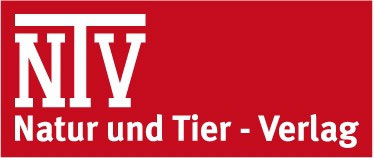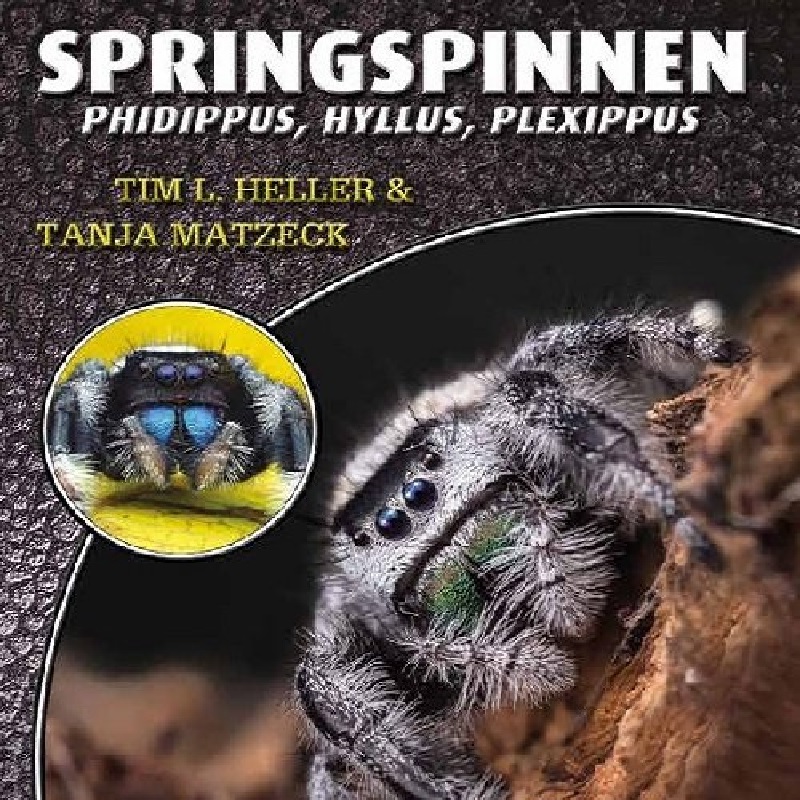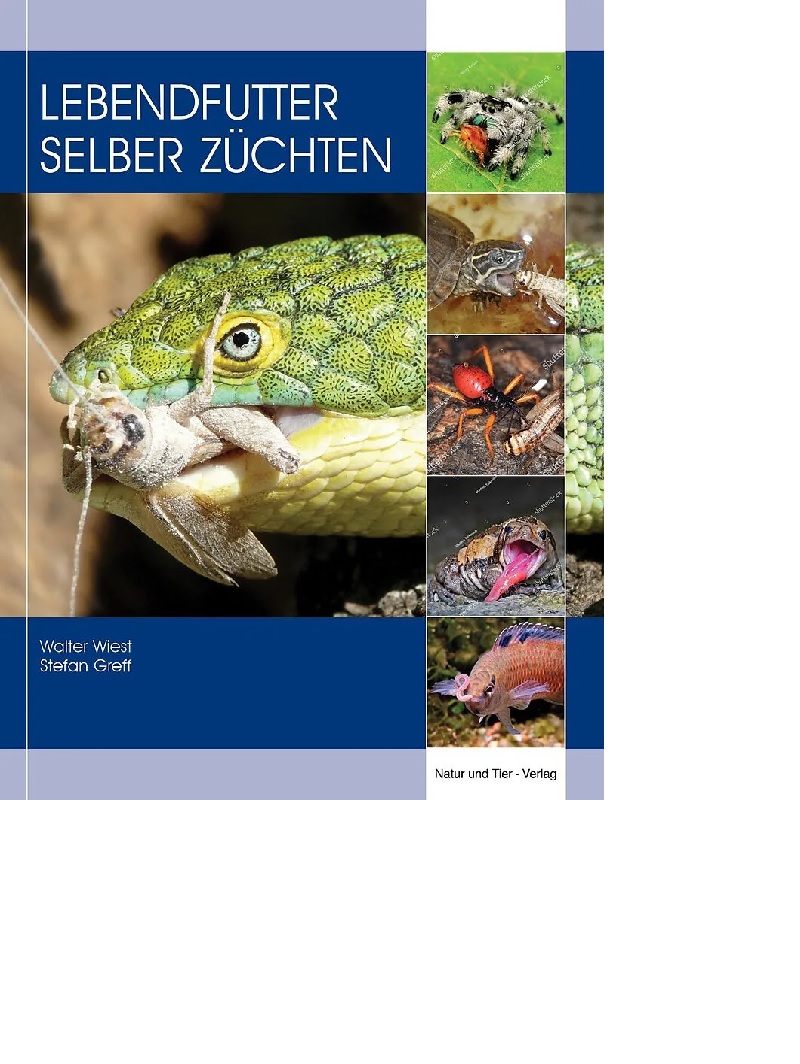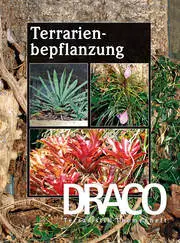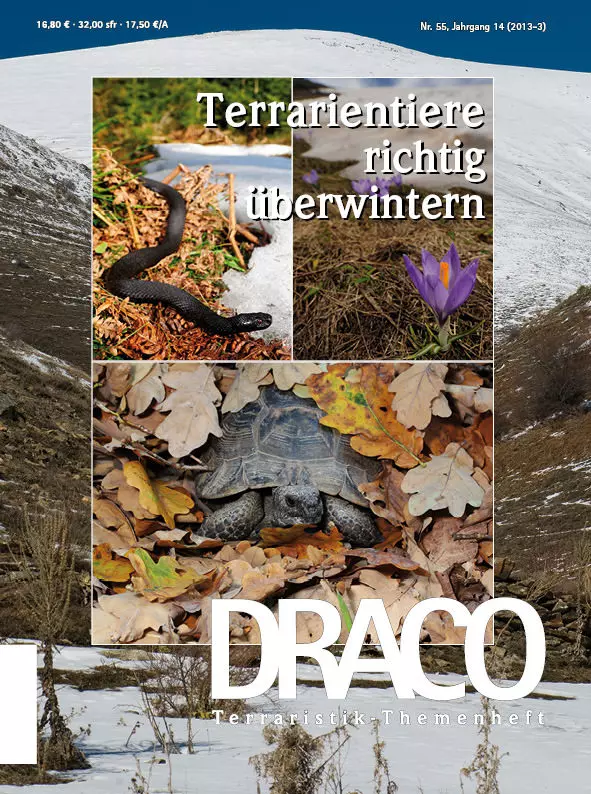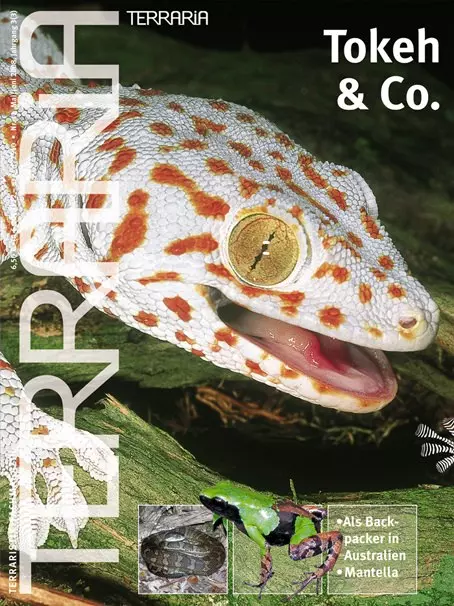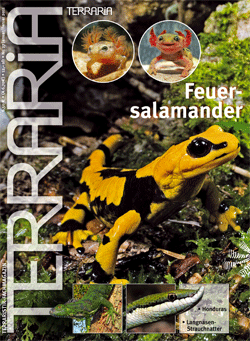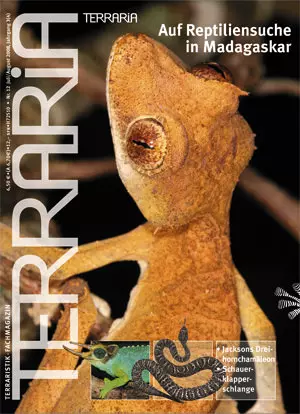

CHF 16.80
Stock: 0
Available in 1-3 days, acquisition time 7 days

Draco 19 - Madagaskar
Inhalt:
- 2 Editorial
- 4 Die Herpetofauna Madagaskars:
Vielfalt, Lebensweise und Gefährdung
Frank Glaw - 22 Reise in den Osten Madagaskars
Sebastian Wolf - 30 Masoala – Das Auge des Waldes
Nicolá Lutzmann - 37 Geheimnisvolle Madagaskarboas: Sanzinia & Acrantophis
Frank Glaw & Kathrin Glaw - 44 Unterwegs im „Reserve Speziale“ von Ankarana
Hans-Peter Berghof - 50 Auf Chamäleonsuche entlang der Route National 2 von Antananarivo bis an die Ostküste bei Ambila-Lemaitso
Nicolá Lutzmann, Guy Kremer, Nico van Steendam & Achim Flamme - 56Die Geckogattungen Madagaskars
Patrick Schönecker & Andreas Böhle - 68 Biologie, Pflege und Vermehrung des Kurzkopf-Taggeckos (Phelsuma breviceps) BOETTGER, 1894
Patrick Schönecker - 7 Die „madagassischen Pfeilgiftfrösche“
– Haltung und Vermehrung von Mantella
Hartmut Lipp - 82 Eine Reise durch das madagassische Hochland
Andreas Böhle - 90 Magazin
0 of 0 reviews
Login
Similar products

